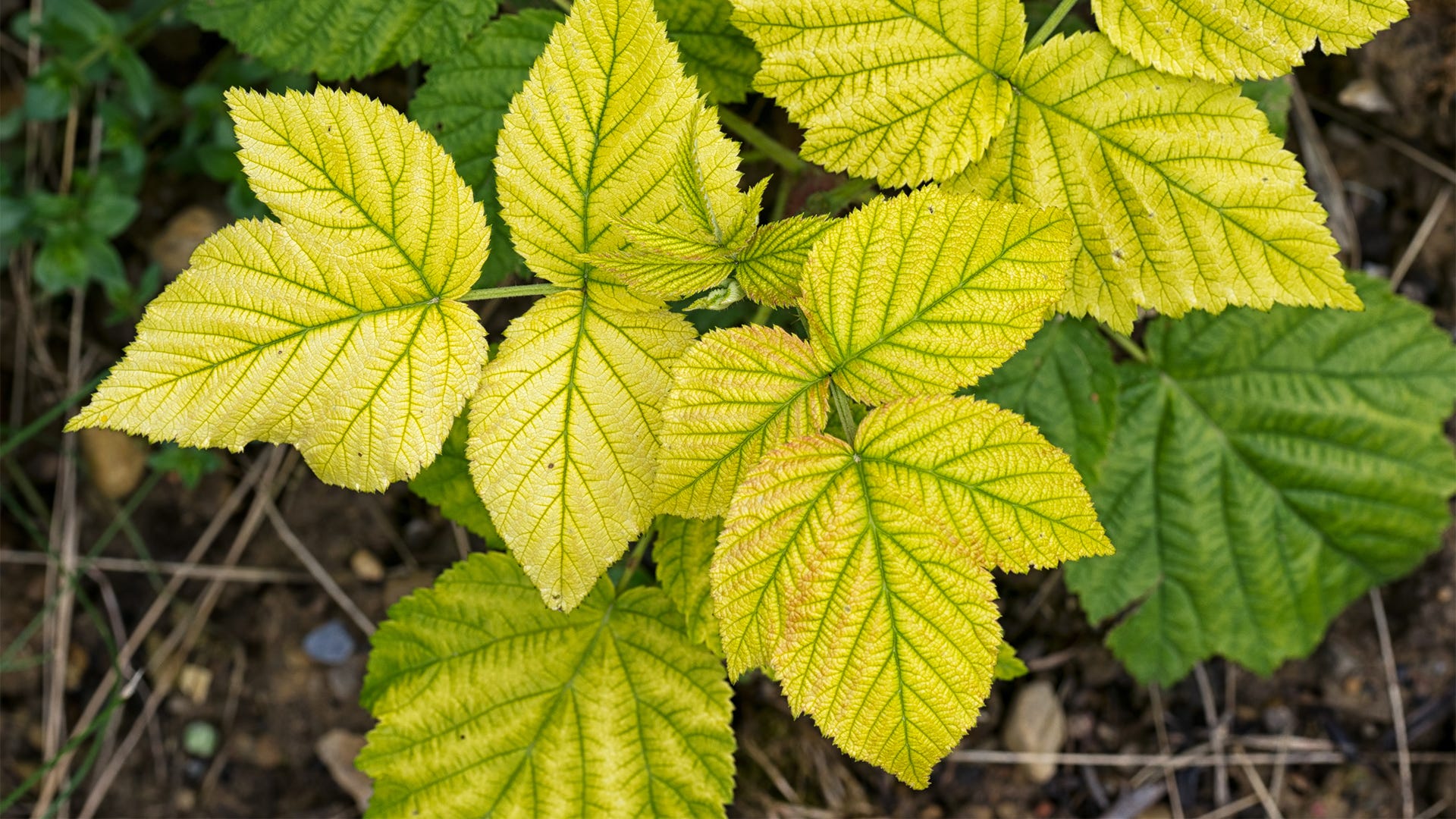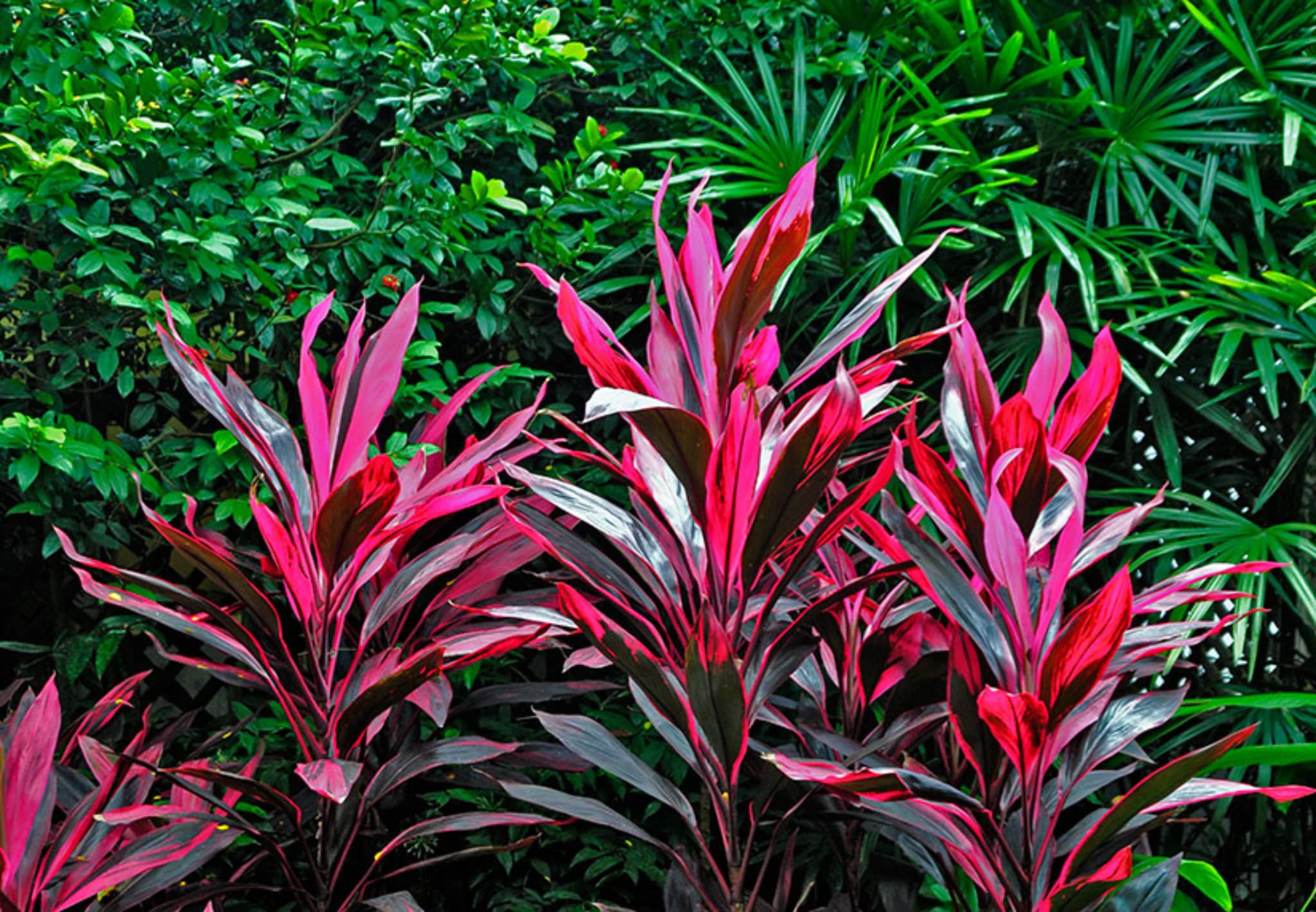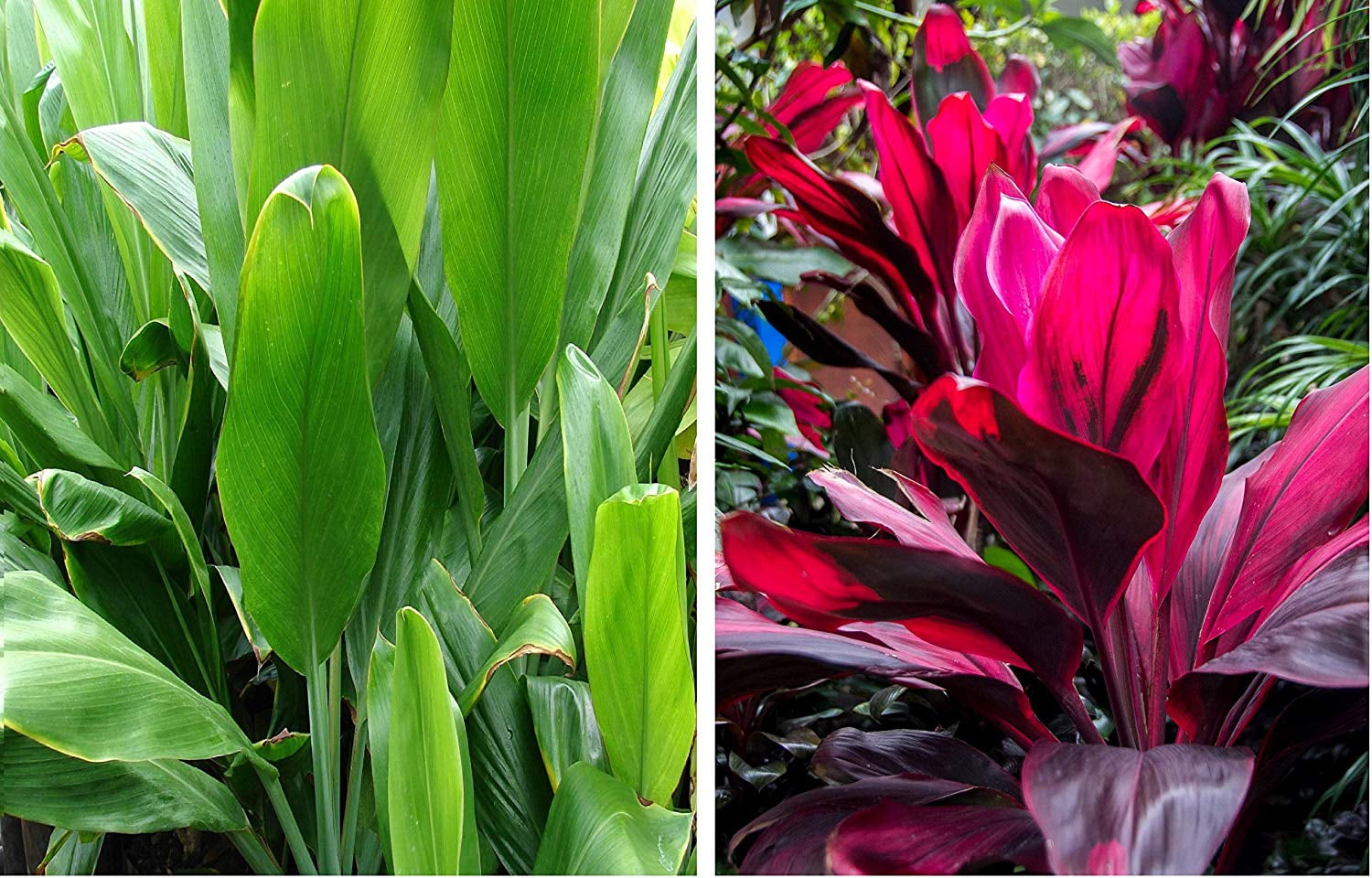Unveiling the secrets behind ti plant yellow leaves, this comprehensive guide explores the intricate relationship between plant health and environmental factors. Join us as we delve into the causes, treatment options, and preventive measures to restore the vibrant foliage of your beloved ti plants.
From nutrient deficiencies to environmental stresses, we unravel the mysteries that lie beneath the yellowing leaves, empowering you with the knowledge to diagnose and address the underlying issues effectively.
Causes of Yellow Leaves in Ti Plants: Ti Plant Yellow Leaves

Yellow leaves in ti plants can be a sign of various underlying issues. Understanding the causes helps in addressing the problem effectively.
Nutrient Deficiencies
Essential nutrients, such as nitrogen, phosphorus, and potassium, are vital for ti plant health. Deficiencies in these nutrients can lead to yellow leaves.
- Nitrogen deficiency: Causes overall yellowing of leaves, especially older ones. Leaves may also be stunted and pale.
- Phosphorus deficiency: Leads to yellowing or purpling of leaves, often starting from the edges. Leaves may also be brittle and develop brown spots.
- Potassium deficiency: Results in yellowing or browning of leaf margins, eventually spreading inward. Leaves may also develop necrotic spots.
Treatment Options for Yellow Leaves in Ti Plants

Yellow leaves in ti plants can be caused by various factors, and the appropriate treatment depends on the underlying cause. Here are some common treatment options for yellow leaves in ti plants:
Nutrient Deficiencies
Nutrient deficiencies can cause yellowing of leaves, especially if the deficiency is severe. To correct nutrient deficiencies, apply a balanced fertilizer to the plant. The fertilizer should contain nitrogen, phosphorus, and potassium, as well as micronutrients such as iron, magnesium, and calcium. Follow the instructions on the fertilizer label for the appropriate application rate and frequency.
Watering Issues
Overwatering or underwatering can also cause yellow leaves in ti plants. Overwatering can lead to root rot, which can prevent the plant from absorbing nutrients and water. Underwatering can cause the leaves to wilt and turn yellow. To correct watering issues, adjust the watering schedule based on the plant’s needs. Ti plants prefer well-drained soil and should be watered when the top inch of soil is dry to the touch.
Pests and Diseases, Ti plant yellow leaves
Pests and diseases can also cause yellow leaves in ti plants. Common pests that can affect ti plants include aphids, mealybugs, and spider mites. Common diseases that can affect ti plants include leaf spot, powdery mildew, and root rot. To control pests and diseases, use appropriate pesticides or fungicides. Follow the instructions on the product label for the appropriate application rate and frequency.
Soil pH
The pH of the soil can also affect the availability of nutrients to ti plants. Ti plants prefer slightly acidic soil with a pH between 5.5 and 6.5. If the soil pH is too high or too low, the plant may not be able to absorb nutrients properly, which can lead to yellow leaves. To adjust the soil pH, use a soil amendment such as sulfur or lime. Follow the instructions on the product label for the appropriate application rate and frequency.
Preventive Measures for Yellow Leaves in Ti Plants

To prevent yellow leaves in ti plants, proper care and maintenance are essential. This includes providing optimal watering, ensuring adequate fertilization, monitoring for pests and diseases, and taking preventative measures.
Watering Practices
Ti plants prefer moist soil but do not tolerate waterlogged conditions. Water the plant thoroughly when the top 2-3 inches of soil feel dry to the touch. Allow excess water to drain freely from the pot. Avoid overwatering, as this can lead to root rot and yellow leaves.
Fertilization
Ti plants require a balanced fertilizer to thrive. Fertilize the plant monthly during the growing season with a liquid fertilizer diluted to half strength. Ensure the fertilizer contains essential nutrients like nitrogen, phosphorus, and potassium.
Pest and Disease Monitoring
Regularly inspect your ti plant for signs of pests or diseases. Common pests include spider mites, aphids, and mealybugs. Early detection and treatment are crucial to prevent severe damage and yellowing of leaves.
